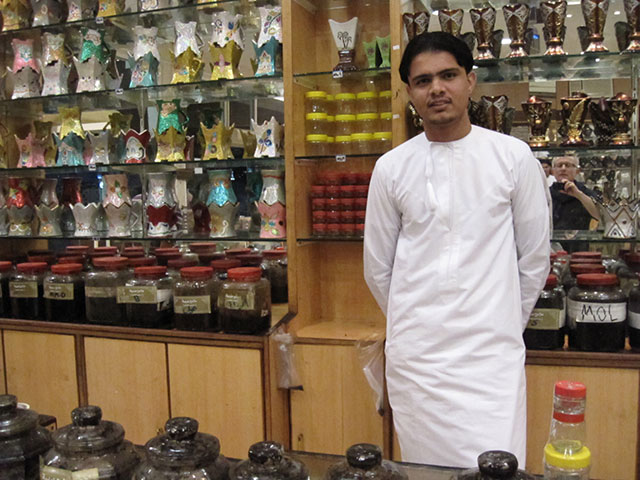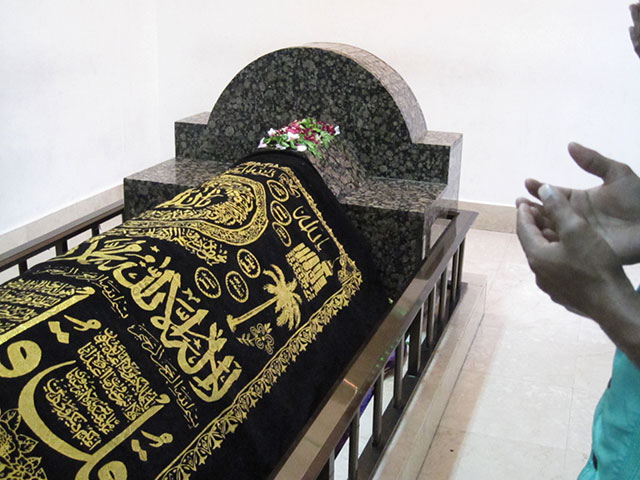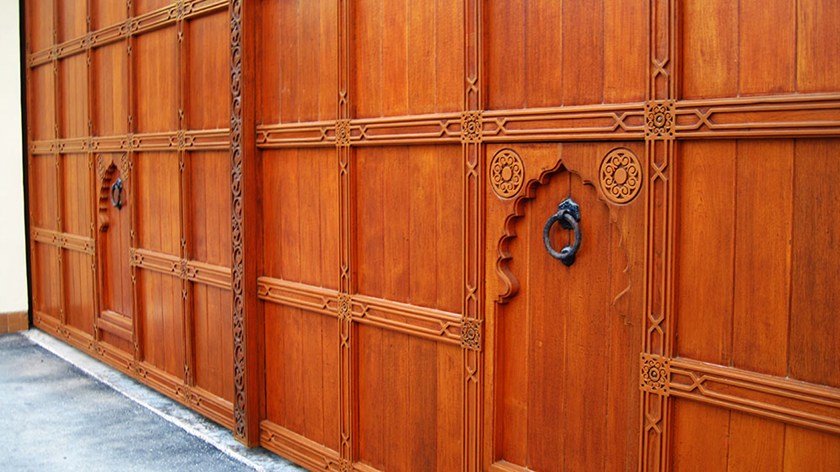SALALAH, OMAN - Although I would never be so bold as to compare myself to Jan Morris and her classic 1950s Sultan in Oman travel account — it introduced the Western reader to this part of the world — I still felt I was breaking new ground on my voyage to Oman. No one I knew in Canada had ever been to the Sultanate of Oman, and none of my few Arabic-speaking acquaintances were familiar with Salalah, Oman’s second city, a kind of green oasis in the country’s southwest region of Dhofar, not to be confused with Sudan’s Darfur region.
My arrival in Salalah started with a mild admonishment.
Instead of a “come and enjoy our coconut-fringed beaches and banana and papaya plantations, offering a flavour of Zanzibar in the heart of the Arabian desert” or at least a “Welcome to Salalah!”, instead I was asked why had I arrived on Friday, the day of prayer?
My careful planning had not prepared me for that rhetorical question, so I returned the broad smile of my Omani guide and wondered, (not just a little bit anxiously), if the famous Al-Husn souq would be closed, and whether I had made a 10,000 kilometre trip to Job’s Tomb only to discover it was closed for the weekend.


Left: Shopkeeper shows off his stash of frankincense. Right: Praying over the legendary Stone Casket.
When I was assured that the frankincense and bukhoor market (souq) would be open in the evening, we set off in the direction of the Prophet Job’s Tomb in the daylight hours. We began to climb into the green hills behind Salalah, stopping for a grand view of the plain where the city is located. Most of the plain was shrouded in haze, but it was invigorating to take in the beautiful, lush green vegetation of pastures and small hills, a veritable impossibility back in the capital city of Muscat.
I half expected to be greeted with an atmosphere of silent hostility or at least of a cool respect at Job’s Tomb. Instead, I felt immediately welcomed, illustrated by the many smiles I encountered, and by the shrine’s caretaker who insisted that I confirm that the strange looking green bill (an American $10 that someone had left as a donation), was indeed real currency. Children played with worry beads around the draped sarcophagus, something I never would have anticipated. I welcomed the informality.
Outside, the tomb, I joined the curious flock and peered into an ancient well whose bottom supposedly boasted an imprint of Job’s foot. (Job reputedly struck his foot on the ground, causing a spring to open). A young girl appeared out of nowhere, and armed with a bold and genuine and beaming smile, proudly offered orangish squiggles of homemade candy, something like miniature licorice. It was obvious she had played a part in its confection.
Salalah is built on huge plain with the coastal area being dry and windy, not unlike other regions of Oman. However, the area behind it is green and lush, its temperate climate a result of the khareef or monsoon rainy season. I decided I had to try to get back into that area the next day, but couldn’t resist visiting the souq that evening.
As we whisked along the broad boulevards of Salalah, (it’s hard to know when highways become city boulevards, as all are wide and sparse looking), it was suggested that we visit another holy Muslim shrine — the mausoleum of the An Nabi Umran, a Yemeni holy man from the 14th century.
As the only Westerner, I got a few stares, but was quickly entranced, like the other visitors, by the austere holiness of the site, and quite frankly, the size of the tomb. It must have been 10 metres long, and all of us contemplated its huge size in silence. Once outside, my guide suggested that people in the old days must have been very tall. I intuitively knew then that I no longer needed this particular guide.

Above: The doors of this ancient country are a true delight.
On my own in the Al-Husn souq, the variety of frankincense and bukhoor was outstanding. Every second stall seemed to be selling frankincense, in varying degrees of purity and colour, with corresponding prices. The silver ‘hojari’ is considered of the highest quality. What was fantastic was the odour of burning frankincense that permeated the entire market. Even empty, locked shops left the stuff burning in the owner’s absence. All around town in washrooms, it was burned as a deodorizer.
The most delightful discovery was bukhoor. Sweet smelling strands of the scented wood chips, it came in all colours and odours that were to be mixed and packaged to suit the customer’s fancy.
The next day, as we drove along the windy, sand covered highway towards Mirbat, memories of driving along snowdrift-covered roads back in Alberta consumed me. As if he’d somehow read my thoughts, the driver stopped the car and pointed to the left. There, Omani “cowboys” in 4x4s were herding a large troupe of camels. It was impossible to explain to my driver that the experiences were so unexpectedly reminiscent of home.
It was soon after that I decided to work on my almost non-existent Arabic.
My exceedingly helpful and friendly driver knew almost as little English as I, Arabic.
I pulled out the Omanair inflight magazine and we practised single words in each other’s language as we drove along the seemingly endless highway. It was a road trip like no other, listening to local music and the calls to prayer.
We stopped at the Sumhuram, an area that reminded me instantly of Macchu Picchu, perhaps for the stone formations and for the antiquity of the area. Italian archeologists scampered about, giving me a short tour as the hot sun beat down.
The site looked as it might have looked back in 400AD, when it already was a prosperous trading spot in the Arabian frankincense trade, long before Islam came to Oman.
Before Islam came to Oman!
I contemplated that one for a spell.
Information
The best time to visit Salalah is in the monsoon season, from June until September. October is still green, and prices for hotels and food start to drop. / Omani and Salalah tourism information:
www.omantourism.gov.om / Omanair -
www.omanair.com - flies into Salalah from Dubai and from Muscat, Oman’s capital city. / Qatar Airways -
www.qatarairways.com - flies to Salalah from Qatar.
About the Author
While still a teenager, Bruce Sach's travelling career started off badly. After being dragged by well-meaning parents onto a plane, he reluctantly took his seat only to have a flight attendant drop a bowl of salad on his head. He realized he should have stayed home. Years later, home (Edmonton) had shifted to Ottawa and he came to the conclusion that travel was an okay thing to do. Countless airplane meals and salad bowls later, Bruce is equally at ease in an Indonesian phinsi or viewing calving Greenlandic icebergs, and is able to adapt to most any locale. Every new destination increases his interest in visiting and reporting.